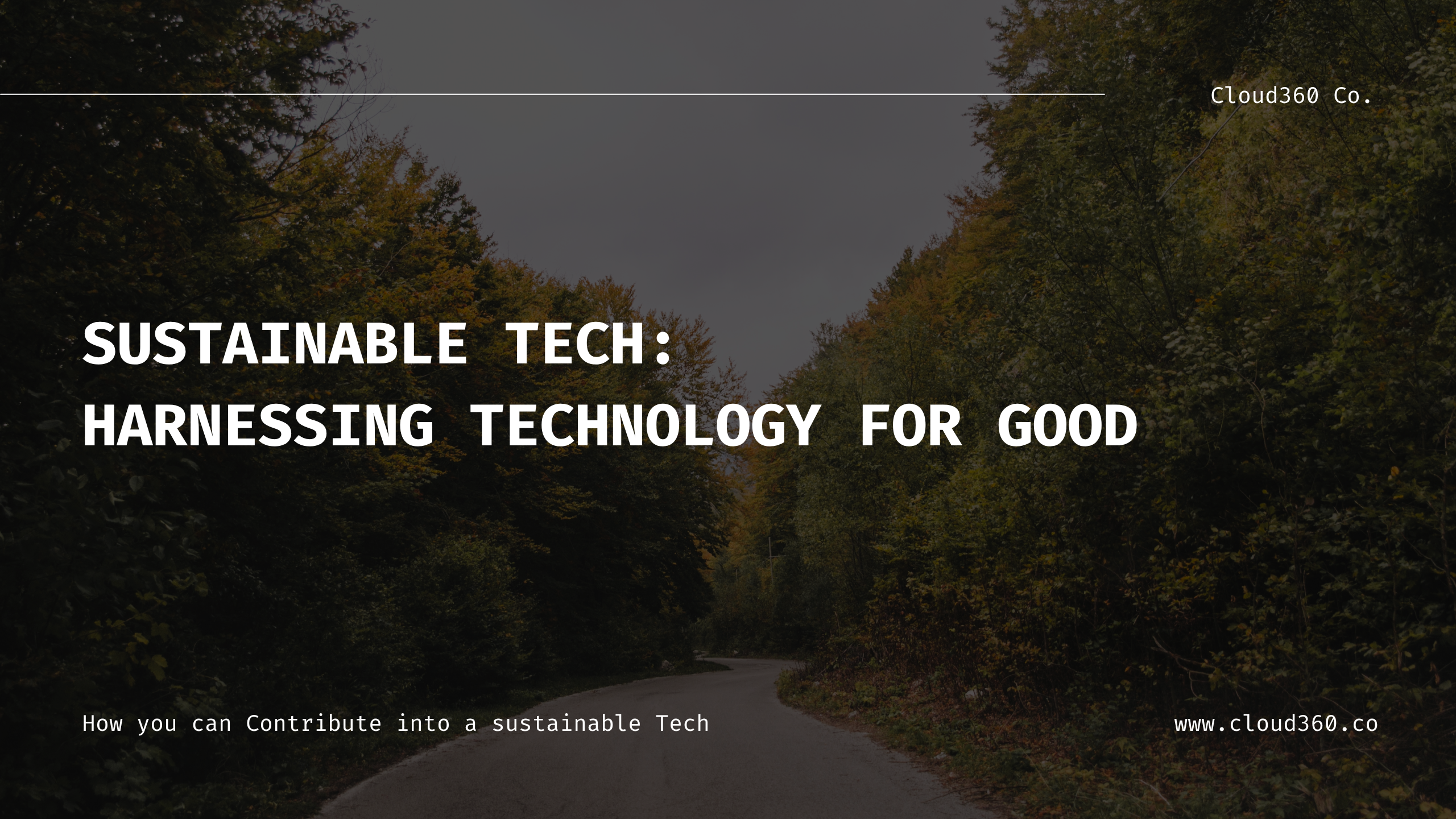Sustainable Tech: Harnessing Technology for Good
In a world increasingly shaped by rapid technological advancement, there's a growing need to ensure that progress doesn't come at the cost of our planet or society. Enter sustainable tech—a movement focused on leveraging technology to create long-term environmental, social, and economic value. It's not just about innovation for innovation's sake, but about creating technology that serves the greater good.
What Is Sustainable Tech?
Sustainable technology refers to any innovation designed to minimize negative environmental impact while maximizing positive social outcomes. It includes products, processes, and services that reduce resource consumption, lower emissions, improve energy efficiency, and promote circular economies. But sustainability goes beyond the environment—it also includes ethical manufacturing, digital inclusivity, and social equity.
Why It Matters Now
The urgency around climate change, rising inequality, and resource depletion has made sustainability more than just a buzzword—it's a necessity. With the tech industry itself contributing to environmental degradation (think data centers with massive energy footprints or e-waste from short-lived devices), there’s a pressing need for solutions that are not only smart but also responsible.
Examples of Tech for Good
1. Green Cloud Computing
Tech giants like Google, Amazon, and Microsoft are shifting to data centers powered by renewable energy and using AI to optimize energy consumption. Green cloud computing is becoming the backbone of sustainable digital infrastructure.
2. Smart Agriculture
IoT sensors and AI-powered platforms help farmers monitor soil health, predict weather patterns, and optimize water use—reducing waste and boosting crop yields sustainably.
3. Circular Electronics
Companies like Fairphone design modular smartphones that are easy to repair, upgrade, and recycle. This model challenges the fast-consumption culture of tech and encourages longevity in design.
4. Blockchain for Supply Chain Transparency
Blockchain technology is being used to track materials from source to shelf, ensuring ethical sourcing, reducing fraud, and empowering consumers to make informed, sustainable choices.
5. Digital Inclusion
Tech-for-good also addresses the digital divide. Initiatives like low-cost internet access, open-source education platforms, and assistive technologies make sure no one is left behind in the digital revolution.
How Businesses Can Drive Change
-
Design for longevity: Build products that last, are repairable, and use recyclable materials.
-
Reduce carbon footprints: Use renewable energy, optimize logistics, and offset emissions.
-
Foster transparency: Make environmental and social impact data public.
-
Invest in social impact: Support communities through tech education, job creation, and inclusive design.
The Road Ahead
The future of sustainable tech lies at the intersection of innovation, ethics, and empathy. It’s not enough to ask “Can we build it?”—we must also ask, “Should we?” and “How can we make it better for everyone?” Technology should be a force for good—not only advancing our capabilities but also healing the planet and uplifting communities.
Whether you're a developer, designer, entrepreneur, or simply a conscious consumer, we all have a role to play in shaping a tech landscape that's not just smart—but sustainable.


